February 2025 Public Chain Industry Research Report: Challenges and Innovations in Callbacks

Reprinted from panewslab
03/08/2025·2MAuthor: Stella L ( stella@footprint.network )
Data source: Footprint Analytics Public Chain Research Page
In February 2025, the blockchain market experienced a significant market adjustment, posing challenges to both old networks and emerging public chains. Bitcoin performed soundly and its dominance further strengthened, while most chains, including Solana, Avalanche and Ethereum, experienced sharp declines. Despite this, development activities in the public chain sector have not slowed down: the release of Berachain mainnet, the upgrade of Base infrastructure and the launch of Uniswap's Layer 2 are the highlights of this month.
Market Overview
The market saw a significant pullback in February: Bitcoin fell from $98,768 to $84,177, a drop of 14.8%, while Ethereum fell even more, from $3,065 to $2,216, a drop of 27.7%. In the last week of the month, as safety panic spread, the pressure on selling further intensified.
 Source: [Footprint Analytics — Bitcoin and Ether price trends](https://www.footprint.network/@KikiSmith/BTC-ETH-Decentralized-Stablecoin-Market-Analysis?date_filter=2023-10-01~2025-02-28)
The pullback follows the bull market in January, but the market signals are mixed, and investors swing between optimism and concerns caused by security loopholes. Market sentiment deteriorates and risk appetite declines, especially in speculative areas such as Memecoin. Globally, North American markets have shown cautious optimism due to policy changes, while the Asia-Pacific markets have felt the impact of hackers more strongly.
Regulatory and policy changes
The Trump administration's cryptocurrency executive order focuses on self-custody and stablecoins development, providing the industry with a rare policy clarity. However, the ByBit hacking incident on February 21, with losses of $1.5 billion, setting the record for the largest loss in cryptocurrency history, triggering new security concerns and rapidly changing market sentiment. Meanwhile, the SEC's attitude softened, pausing investigations into companies such as Coinbase, Binance and Uniswap, and abandoning appeals to the "dealer rules." The bipartisan-sponsored GENIUS Act (the U.S. Stablecoin National Innovation Guidance and Establishment Act) further strengthens the regulatory framework for stablecoins, showing a friendly trend in the U.S. regulatory environment.
Investor behavior reflects this turmoil. The Memecoin boom, driven by tokens related to Argentine President Mile, has cooled rapidly due to related negative news, valuations plummeted, and trading volumes have shrunk significantly. This shift suggests that the market is retreating from high-risk assets.
Layer 1
Layer 1 public chains are generally under pressure, with total market value falling 20.8% to US$2.3 trillion. Bitcoin’s dominance rose from 71.3% to 74.2%, while Ethereum’s share shrank from 14.0% to 11.9%. BNB chain share rose slightly to 3.7%, but Solana's share fell from 4.0% to 3.3% after the price plummeted 36.3%.
Litecoin went against the trend, rising 1.0% to $128.7, while Solana (-36.3%), Avalanche (-35.7%) and others lag behind.
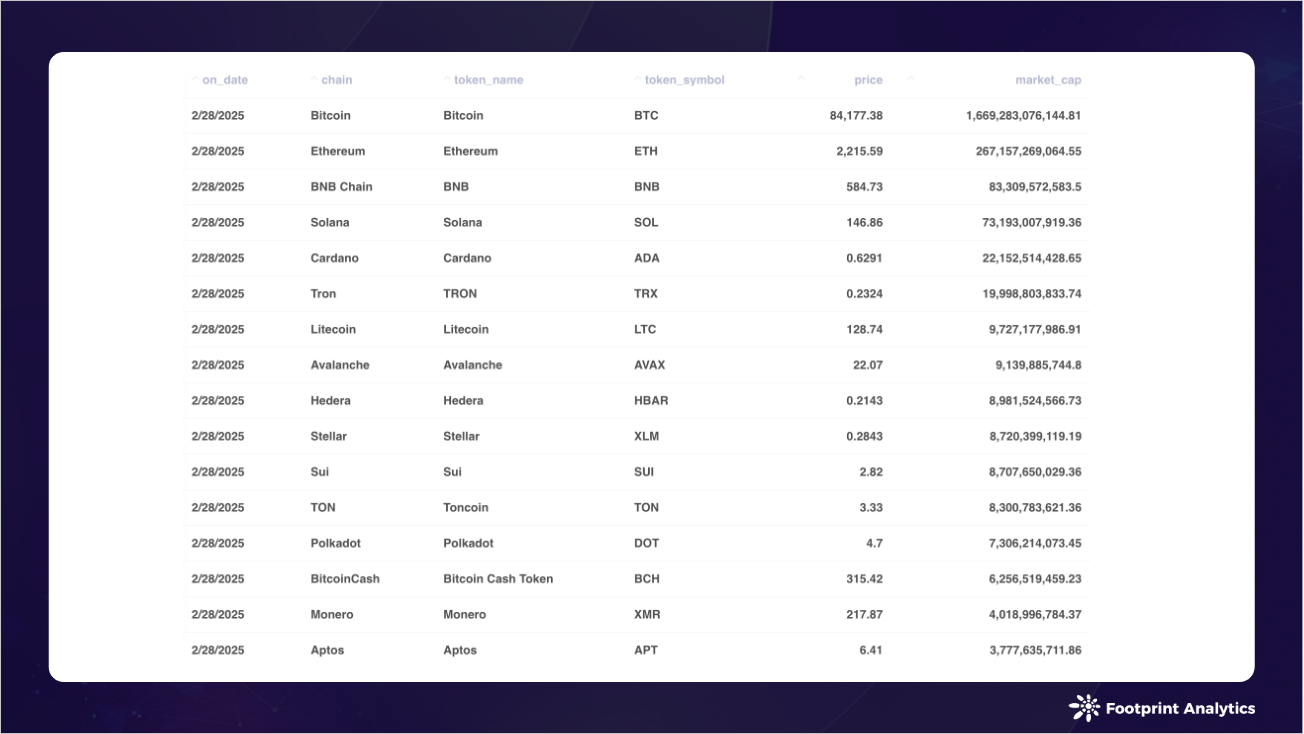 Source: [Footprint Analytics — Price and Market Value of Public Chain Tokens](https://www.footprint.network/@Higi/All-Chain-Overview?series_date=2025-02-01~2025-02-28)
DeFi TVL fell 20.0% to $82.9 billion, with Ethereum reaching $44.9 billion (down 21.7%) and Solana reaching $8.6 billion (down 34.1%).
Berachain emerged as a new force and quickly jumped to sixth place after the main network was launched on February 6, with TVL reaching US$3.2 billion. The chain has issued 80 million BERA tokens, using the “proof of liquidity” model – an innovative staking method that converts liquidity into cybersecurity. Following a $100 million financing in 2024, airdrops and governance equity this month have inspired market enthusiasm. Unlike traditional proof of stake, this approach may redefine how public chains balance growth and stability, making Berachain a project worthy of attention.
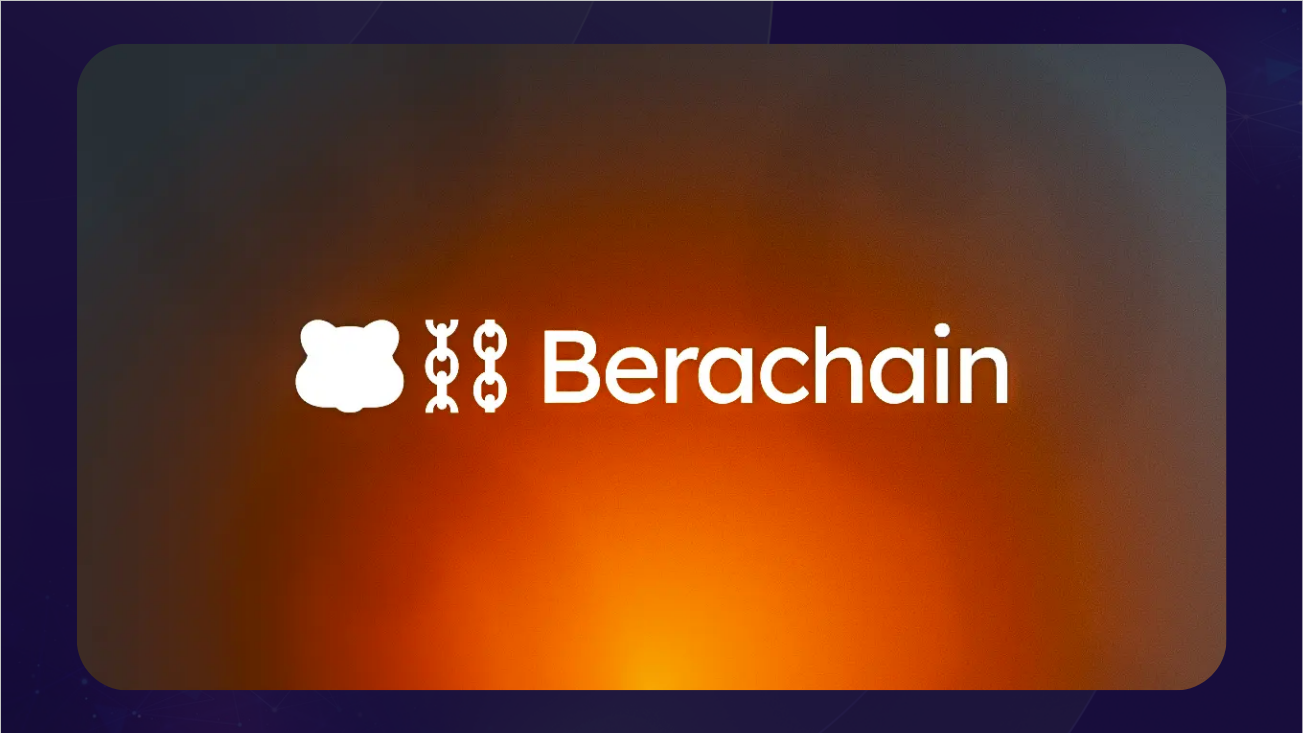
Solana's Memecoin craze has cooled significantly. High-profile failure cases, such as tokens related to Argentine President Mile, have damaged market confidence and led to a sharp decline in trading volumes on DEX platforms such as Raydium. While Memecoin won't go away and can be considered as a digital favorite card, its fanatical peak may have passed, and traders are starting to focus more on fundamentals than hype.
Bitcoin Layer 2 & Side Chain
Bitcoin L2 and sidechain TVL cut 24.5% from $2.7 billion to $2.1 billion. Core led the way with a TVL of $460 million (down 42.0%), followed by Bitlayer ($350 million) and BSquared ($320 million). BOB performed well, down just 7.9% to $220 million.
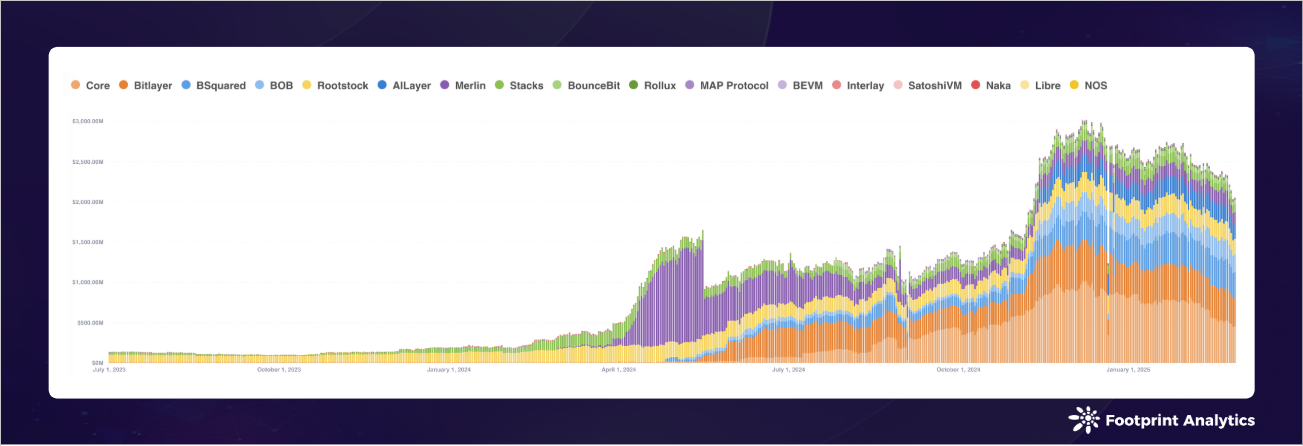 Source: [Footprint Analytics — Bitcoin Eco-Public Chain TVL](https://www.footprint.network/@Higi/Bitcoin-Sidechain-TVL?series_date=2023-07-01~2025-02-28)
Among the mid-sized platforms, Merlin performed better, with TVL falling slightly by 9.3% to $150 million. Small platforms are facing greater pressure, with SatoshiVM down 31.5%, MAP Protocol down 29.6%, and Interlay down 27.4%.
 Source: [Footprint Analytics — Bitcoin Eco-Public Chain TVL and Percentage](https://www.footprint.network/@Higi/Bitcoin-Sidechain-TVL?series_date=2023-07-01~2025-02-28)
The downturn in the field is consistent with Stacks co-founder Muneeb Ali’s view on Consensus 2025: “As early enthusiasm fades, more than two-thirds of existing Bitcoin Layer 2 projects will disappear within three years.” He predicts that the market will face serious challenges, and the February industry downturn indicates that consolidation may have begun. Going forward, platforms that prove practical utility may be more enduring than projects that maintain momentum alone.
Ethereum Layer2
Ethereum L2 TVL fell 23.4% to $14 billion. Arbitrum remained leading the way with $4.5 billion TVL (down 33.4%), while Base climbed to second place with $4.2 billion TVL (down 10.6%), squeezing Optimism (up 2.1 billion) to third. Polygon zkEVM soared 104.1% to $300 million, becoming a rare highlight this month.
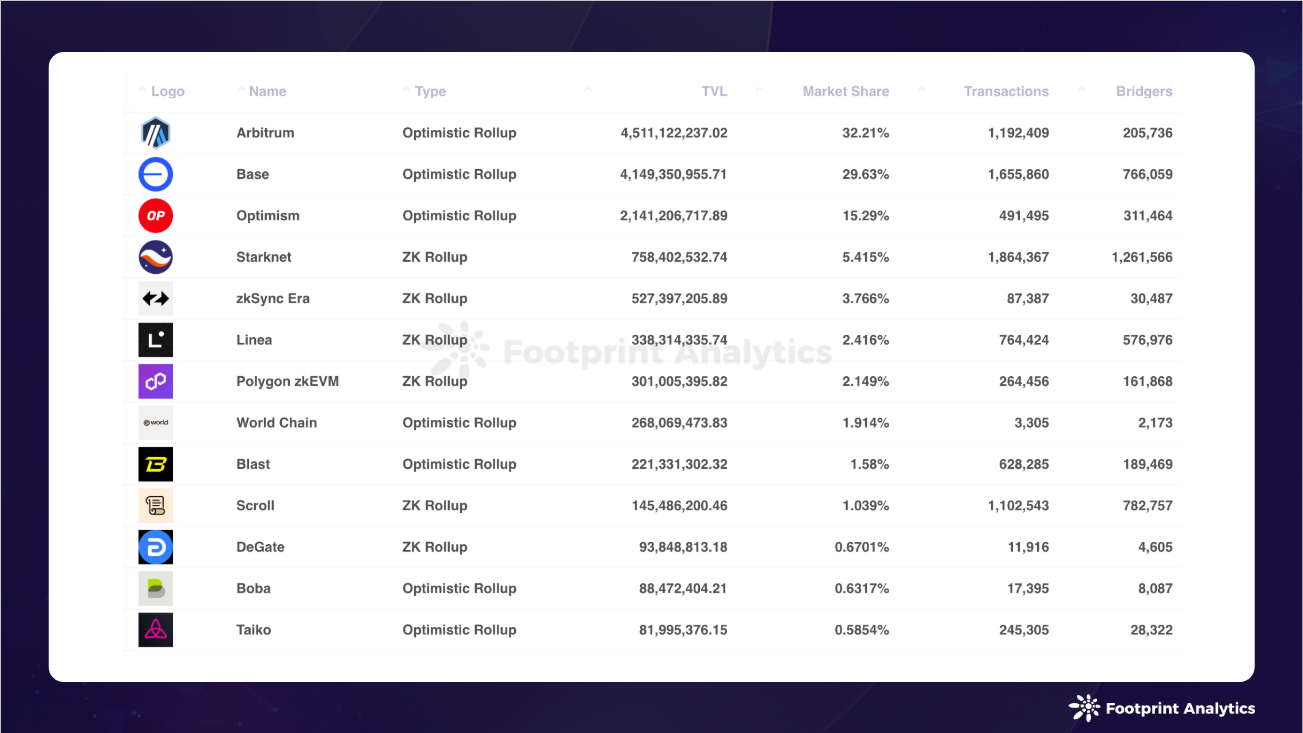 Source: [Footprint Analytics — Ethereum Layer 2 Overview (Bridge-related metrics)](https://www.footprint.network/research/chain/chain-ecosystem/layer-2-overview?%253E%253D_date-84008=2023-08-01&single_date-86180=2025-02-28&technology-97939=ZK%20Rollup&technology-97939=Optimistic%20Rollup&series_date-97941=past180days~)
Base has launched Flashblocks (faster transaction confirmation), Appchains (customized L3) and smart wallet sub-accounts, designed to keep users sticky. Unichain was launched on February 16, after its test network had processed a total of 95 million transactions, positioned as a game changer for expansion performance, and heavyweight institutions such as Circle have joined. Starknet ’s Nums application chain, as a Layer 3 gaming innovation, demonstrates the future of modular design.
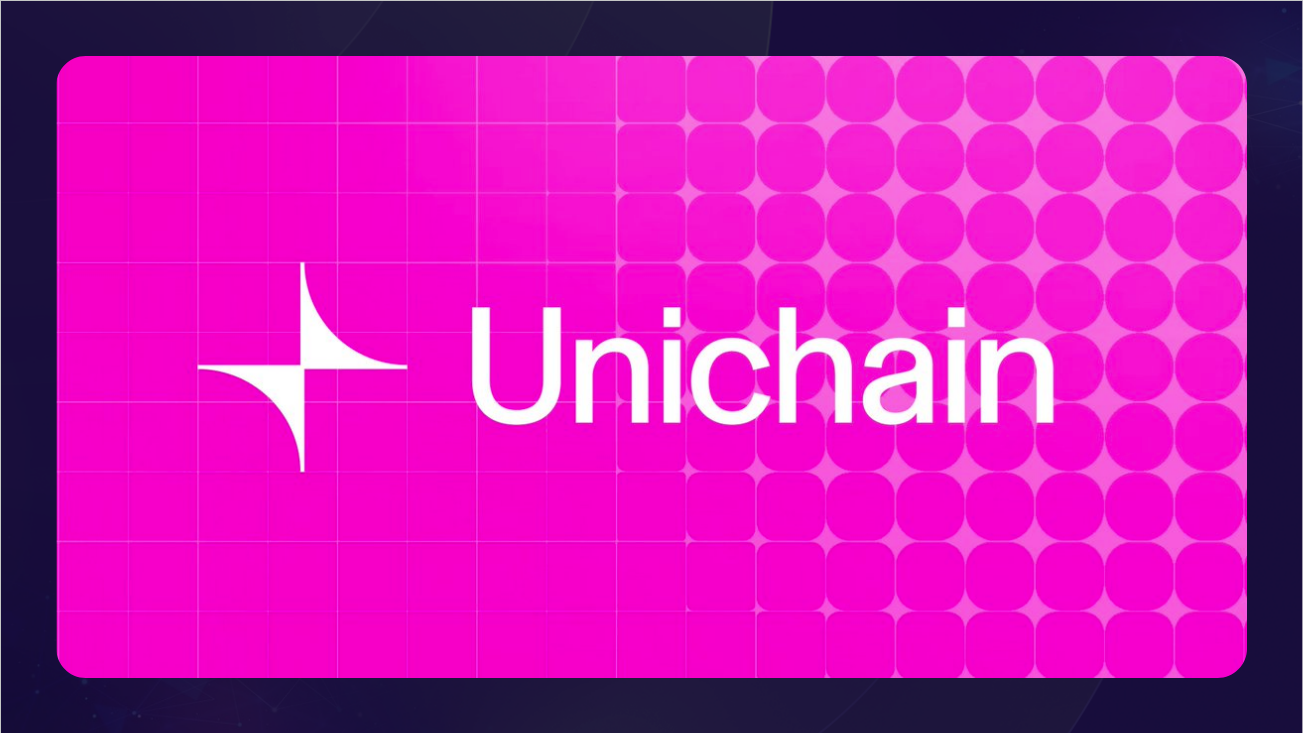
Meanwhile, while Sonic EVM is not Ethereum Layer 2, its Mobius mainnet went live on February 27 as Solana's first SVM chain extension, attracting a lot of attention, achieving 10,000 TPS, and bringing Aave $47.6 million in funding in a few days. These moves show that the Layer 2 project is doubling down on technology rather than just gimmicks.
Vitalik Buterin commented on February 19, stressing that Ethereum needs to clearly position itself in the increasingly fierce competition. He pushed Layer 2 to lead in scalability (such as 17x transaction improvements) and interoperability, noting that they have evolved from "advanced multi-signature" to a powerful network. Although he did not comment directly on Sonic EVM, its EVM compatibility and speed echoed his vision of seamless connection to the “Ethereum Universe.” However, he also expressed dissatisfaction with the casino-like tendencies in the ecosystem, calling for attention to real value rather than speculative bubbles.
Financing situation
Financing activity slowed, with 6 transactions completed in February totaling $32.4 million. Mango Network raised $13.5 million for its EVM-MoveVM hybrid chain, which is scheduled to launch in the first quarter of 2025. Fluent Labs received $8 million in financing to develop multi-VM Layer 2 that connects Ethereum and Solana.
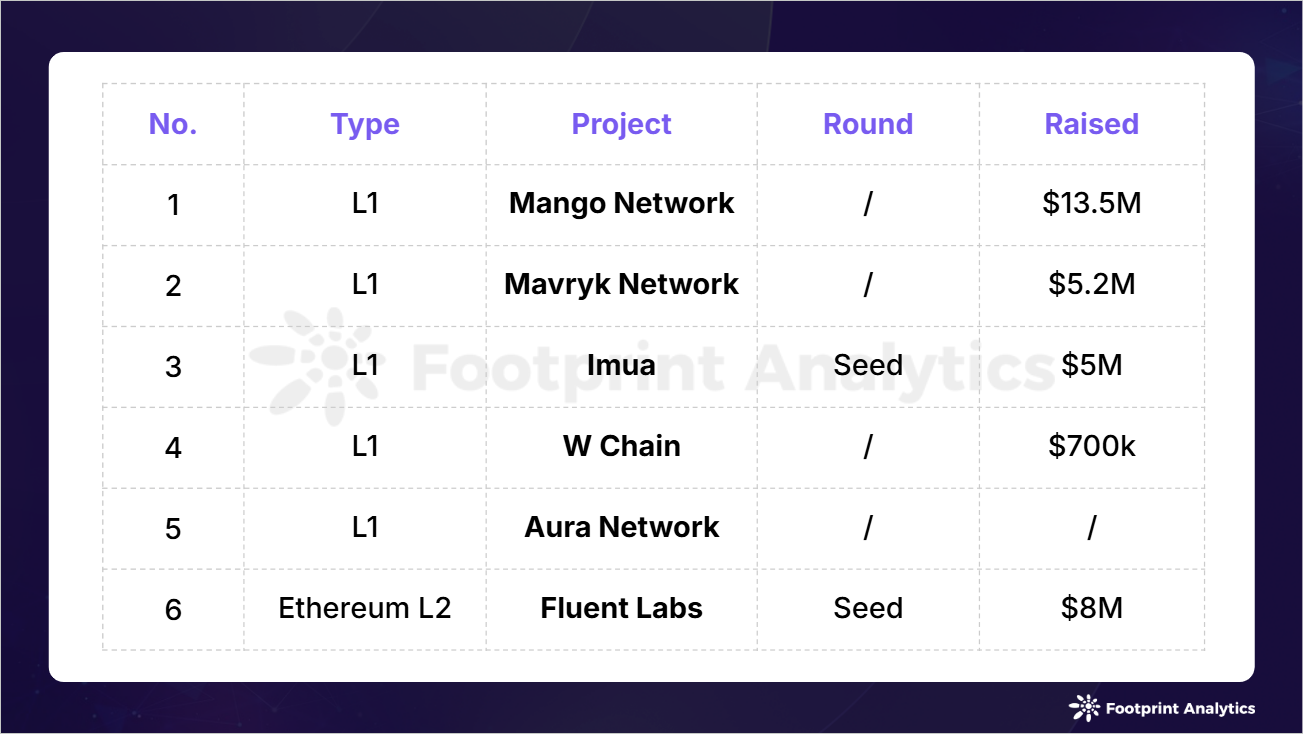 Public chain financing event in February 2025 (Data source: [_crypto-fundraising.info_](http://crypto-fundraising.info) )


 chaincatcher
chaincatcher

 jinse
jinse